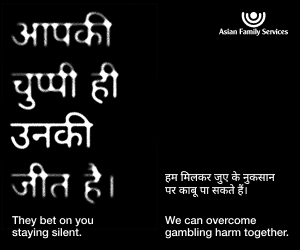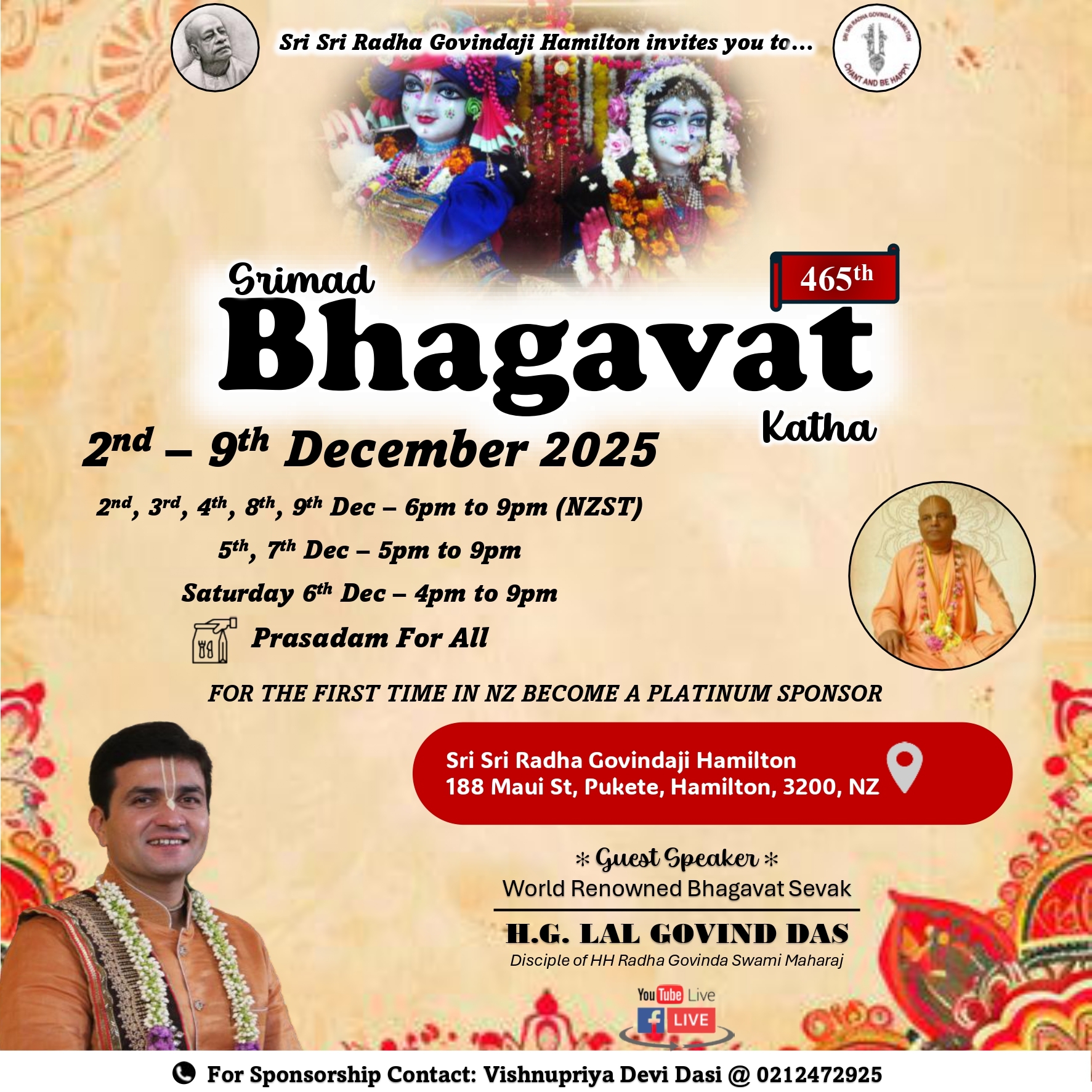Buoyed by growing connections, Asia NZ Foundation launches new report on India

Increasing people to people connections will continue to remain the basic fulcrum of bilateral relations between New Zealand and India, according to a new report launched by the Asia NZ Foundation.
The report India and New Zealand: Our story, our future describes the shared interests between the two countries, and points to the fundamental role that strong people-to-people relationships play.
This is the second such India-report in less than three and half years commissioned by the Asia New Zealand Foundation Te Whitau Tuhono – New Zealand’s leading authority on Asia that helps New Zealanders build their knowledge, skills and confidence to thrive in Asia.
The first such report was launched by the Foundation in October 2016, coinciding with the iconic Auckland Diwali Festival (started and supported by the Foundation) and a then-impending state-level India visit by Prime Minister of New Zealand Sir John Key.
The Foundation had once again commissioned Graeme Waters, the author of the first India report, who is not only a former New Zealand High Commissioner to India having served twice in New Delhi but also has a deep family connection with India.
Mr Waters had travelled extensively and coordinated with varied stakeholders, including with the Indian Weekender in preparation of his second report on the opportunities that a rising India, as well as an equally paced growing size of the Indian diaspora in NZ, poses for the country.
India is the second-most populous country and the fifth largest economy globally and has incredible diversity across its many states and territories. It sits in the heart of South Asia, but it is increasingly playing a part in regional and global affairs, including in the Pacific.
Notably, the first India-report was widely received across the different spectrum of stakeholders of this fast-growing relationship, including the Indian diaspora in New Zealand.
Because of its popularity – the report quickly needed a reprint – and the continued growth of the India New Zealand relationship, the Foundation had decided to commission update for 2020.
Interestingly, like then back in 2016, the timing of the launch of this second India report in 2020 is also crucial as it coincides with a hugely popular ongoing cricket series between Blackcaps and India being currently played in New Zealand.
The mutual love for the game of cricket is one of the founding bases of the bilateral relationship between our two countries.
The report takes note of how the people to people connections between the two countries have evolved along with the progress in the game of cricket.
“The New Zealand cricket team first toured India in 1955 and cricket remains a shared passion to this day. But as with so much else in the relationship, the context has changed. Whereas cricket in the 1950s was white cotton, five-day amateur affair, today it is a more colourful, media-driven spectacle almost synonymous with modern India and its diaspora,” the report says.
It also emphasises on what is now more commonly known, especially within key business stakeholders of the relationship that the bilateral trade between the two countries is fast approaching NZ$3 billion mark – despite an absence of any Free Trade Agreement.
Emphasising on this fact, Suzannah Jessep, the Asia New Zealand Foundation’s Director of Engagement and Research, who previously served as New Zealand’s Deputy High Commissioner to India, points that India is the only major Asian economy with which New Zealand does not currently have an FTA in some form.
However, she further asserts, “The strength of the bilateral relationship is testament to the individuals in both countries who have built connections, some over many years. India is a country that takes time to understand.”
“This report shines a light on the breadth and depth of the relationship – everything from film and fashion to baggage handling systems and innovations for auto rickshaws, to partnerships in the dairy and fruit industries,” Ms Jessep said.
For more avid readers keen to understand the nuances of how this bilateral relationship has been developing over the years despite the normal pulls and pressures of modern-day diplomacy that is believed to thrive upon the size of the nation and the economy, the bilateral trade and commercial engagement between any two given countries.
The NZ-India relationship, as this report points out, is a relationship of two enthusiastic and mutually-appreciative nations, who continue to influence and engage with each other, rather subtly, than massively.
A case in the point is a reference of important facts such as Dr Verghese Kurien, the founder of India’s dairy cooperative industry (and father of India’s Green Revolution) took careful note of New Zealand’s dairy cooperative model when he studied at Massey University in the 1950s. Or how recent ideas have resonated when New Zealand’s Whanganui River was given the legal status of a person in 2017, to better protect its ecology – a fact noted in India.
There are many more interesting facts in the report for those interested in exploring how the bilateral relationship between the two countries has refused to be a subject of their mutual sizes, economy, preferences or the distance separating them apart.
The report is available online at https://www.asianz.org.nz/research/people-links-central-to-the-new-zealand-india-relationship/
Some key points from India and New Zealand: Our story, our future
- Indian visitor numbers forecasted to grow to 125,000 by 2025
- In the past decade, tourist numbers in each direction have more than doubled.
- 5 per cent of the NZ population has identified themselves as of Indian origin at the time of census 2018.
- India is New Zealand’s second-largest education market.
Increasing people to people connections will continue to remain the basic fulcrum of bilateral relations between New Zealand and India, according to a new report launched by the Asia NZ Foundation.
The report India and New Zealand: Our story, our future describes the shared interests between the...
Increasing people to people connections will continue to remain the basic fulcrum of bilateral relations between New Zealand and India, according to a new report launched by the Asia NZ Foundation.
The report India and New Zealand: Our story, our future describes the shared interests between the two countries, and points to the fundamental role that strong people-to-people relationships play.
This is the second such India-report in less than three and half years commissioned by the Asia New Zealand Foundation Te Whitau Tuhono – New Zealand’s leading authority on Asia that helps New Zealanders build their knowledge, skills and confidence to thrive in Asia.
The first such report was launched by the Foundation in October 2016, coinciding with the iconic Auckland Diwali Festival (started and supported by the Foundation) and a then-impending state-level India visit by Prime Minister of New Zealand Sir John Key.
The Foundation had once again commissioned Graeme Waters, the author of the first India report, who is not only a former New Zealand High Commissioner to India having served twice in New Delhi but also has a deep family connection with India.
Mr Waters had travelled extensively and coordinated with varied stakeholders, including with the Indian Weekender in preparation of his second report on the opportunities that a rising India, as well as an equally paced growing size of the Indian diaspora in NZ, poses for the country.
India is the second-most populous country and the fifth largest economy globally and has incredible diversity across its many states and territories. It sits in the heart of South Asia, but it is increasingly playing a part in regional and global affairs, including in the Pacific.
Notably, the first India-report was widely received across the different spectrum of stakeholders of this fast-growing relationship, including the Indian diaspora in New Zealand.
Because of its popularity – the report quickly needed a reprint – and the continued growth of the India New Zealand relationship, the Foundation had decided to commission update for 2020.
Interestingly, like then back in 2016, the timing of the launch of this second India report in 2020 is also crucial as it coincides with a hugely popular ongoing cricket series between Blackcaps and India being currently played in New Zealand.
The mutual love for the game of cricket is one of the founding bases of the bilateral relationship between our two countries.
The report takes note of how the people to people connections between the two countries have evolved along with the progress in the game of cricket.
“The New Zealand cricket team first toured India in 1955 and cricket remains a shared passion to this day. But as with so much else in the relationship, the context has changed. Whereas cricket in the 1950s was white cotton, five-day amateur affair, today it is a more colourful, media-driven spectacle almost synonymous with modern India and its diaspora,” the report says.
It also emphasises on what is now more commonly known, especially within key business stakeholders of the relationship that the bilateral trade between the two countries is fast approaching NZ$3 billion mark – despite an absence of any Free Trade Agreement.
Emphasising on this fact, Suzannah Jessep, the Asia New Zealand Foundation’s Director of Engagement and Research, who previously served as New Zealand’s Deputy High Commissioner to India, points that India is the only major Asian economy with which New Zealand does not currently have an FTA in some form.
However, she further asserts, “The strength of the bilateral relationship is testament to the individuals in both countries who have built connections, some over many years. India is a country that takes time to understand.”
“This report shines a light on the breadth and depth of the relationship – everything from film and fashion to baggage handling systems and innovations for auto rickshaws, to partnerships in the dairy and fruit industries,” Ms Jessep said.
For more avid readers keen to understand the nuances of how this bilateral relationship has been developing over the years despite the normal pulls and pressures of modern-day diplomacy that is believed to thrive upon the size of the nation and the economy, the bilateral trade and commercial engagement between any two given countries.
The NZ-India relationship, as this report points out, is a relationship of two enthusiastic and mutually-appreciative nations, who continue to influence and engage with each other, rather subtly, than massively.
A case in the point is a reference of important facts such as Dr Verghese Kurien, the founder of India’s dairy cooperative industry (and father of India’s Green Revolution) took careful note of New Zealand’s dairy cooperative model when he studied at Massey University in the 1950s. Or how recent ideas have resonated when New Zealand’s Whanganui River was given the legal status of a person in 2017, to better protect its ecology – a fact noted in India.
There are many more interesting facts in the report for those interested in exploring how the bilateral relationship between the two countries has refused to be a subject of their mutual sizes, economy, preferences or the distance separating them apart.
The report is available online at https://www.asianz.org.nz/research/people-links-central-to-the-new-zealand-india-relationship/
Some key points from India and New Zealand: Our story, our future
- Indian visitor numbers forecasted to grow to 125,000 by 2025
- In the past decade, tourist numbers in each direction have more than doubled.
- 5 per cent of the NZ population has identified themselves as of Indian origin at the time of census 2018.
- India is New Zealand’s second-largest education market.









Leave a Comment